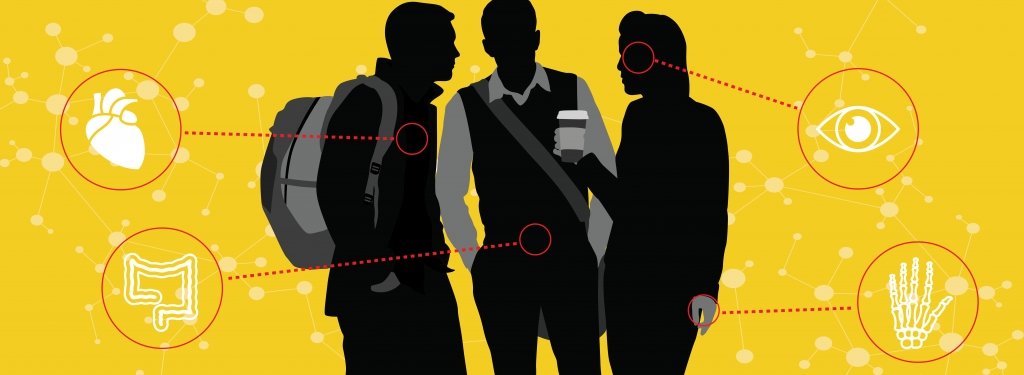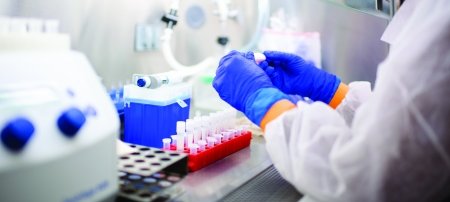Implantable devices and cell therapy could reverse devastating effects to human bodies caused by diseases, helping us all reach our full physical potentials. We’re not talking cyborg-level enhancements, but technologies that remove impediments caused by genetic defects, injuries or disease. We’re talking 100 percent human—improved.
Imagine you fractured your tibia snowboarding. The doctors put your leg in a cast and you wait weeks or months for your bone to heal. Your doctor probably recommends (or requests) physical therapy (PT) to help healing. But what if there were a technology that could shave a few weeks off of your PT time so you could get back on the board faster?
This could soon be possible with “smart” implantable devices and cell therapy, two lines of research at the cutting edge of biomedical engineering. Smart devices that can be implanted in the human body can aid healing while monitoring real-time physiological conditions. If you have broken bones, these devices tell your doctor how well your bone is knitting itself back together so she can adjust your PT schedule to optimize outcomes. If needed, these devices can provide mechanical jolts, which help bone growth.
Cell therapy has been shown to cure ailments from cancer to tissue regeneration, but because it is relatively new, there is a lack of standards to make sure the quality of cells from lab A are the same as lab B. Also, cell therapy is quite expensive. Standardizing cell manufacturing could lead to superior cells and lower cost, making cell therapy treatments more effective, affordable and accessible.
Keat Ghee Ong’s vision for the future is a better humanity, enhanced with affordable medical technologies that improve quality of life. He wants everyone who has a knee replacement to have smart knee implants that monitor the healing process from within the body, and provide real-time therapy if needed. He also wants everyone who has implants after a heart surgery, broken bone treatments, or cancer therapies to be able to take advantage of the power of these implants.
Ong is the associate department chair and professor of Biomedical Engineering; the Portage Health Foundation Endowed Professor of Technological Innovations in Health; an affiliated professor in Electrical and Computer Engineering; and a member of the National Science Foundation’s Engineering Research Center team led by Georgia Tech to provide engineering technologies that monitor and control the quality of cells during production. On the whole, he is focused on developing “smart implants,” which use sensor and actuator platforms to monitor physiological conditions in real time. These implants also react and adapt to conditions to improve treatment outcomes.
At Michigan Tech, coupling electrical and biomedical engineering means improving how humans live in their bodies. It’s the next step in H-STEM (health, science, technology, engineering, and math) research and development.
Michigan Technological University is an R1 public research university founded in 1885 in Houghton, and is home to nearly 7,500 students from more than 60 countries around the world. Consistently ranked among the best universities in the country for return on investment, Michigan's flagship technological university offers more than 185 undergraduate and graduate degree programs in science and technology, engineering, computing, forestry, business, health professions, humanities, mathematics, social sciences, and the arts. The rural campus is situated just miles from Lake Superior in Michigan's Upper Peninsula, offering year-round opportunities for outdoor adventure.






Comments